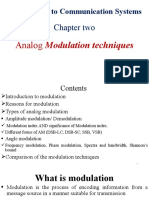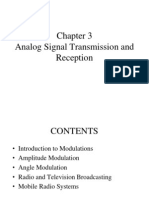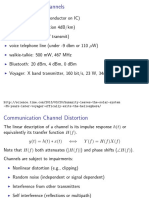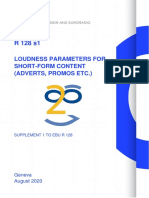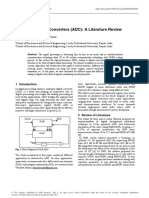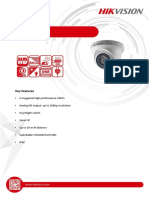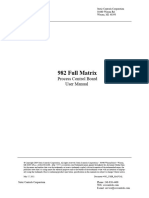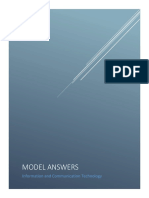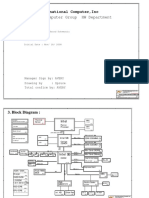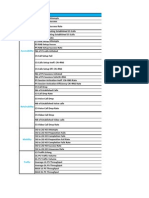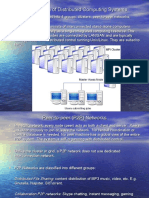0% found this document useful (0 votes)
208 views17 pagesChapter 5 Amplitude Modulation
Chapter 5 discusses Amplitude Modulation (AM) in analog communication systems, explaining the modulation process where characteristics of a carrier signal are varied according to a message signal. It covers various AM schemes such as Double Sideband Large Carrier (DSB-LC), Double Sideband Suppressed Carrier (DSB-SC), Single Sideband (SSB), and Vestigial Sideband (VSB) modulation, emphasizing the need for modulation to facilitate efficient transmission and accommodate multiple signals. The chapter also analyzes the power distribution between carrier and sideband components in DSB-LC modulation.
Uploaded by
kizt_mpoeCopyright
© Attribution Non-Commercial (BY-NC)
We take content rights seriously. If you suspect this is your content, claim it here.
Available Formats
Download as PDF, TXT or read online on Scribd
0% found this document useful (0 votes)
208 views17 pagesChapter 5 Amplitude Modulation
Chapter 5 discusses Amplitude Modulation (AM) in analog communication systems, explaining the modulation process where characteristics of a carrier signal are varied according to a message signal. It covers various AM schemes such as Double Sideband Large Carrier (DSB-LC), Double Sideband Suppressed Carrier (DSB-SC), Single Sideband (SSB), and Vestigial Sideband (VSB) modulation, emphasizing the need for modulation to facilitate efficient transmission and accommodate multiple signals. The chapter also analyzes the power distribution between carrier and sideband components in DSB-LC modulation.
Uploaded by
kizt_mpoeCopyright
© Attribution Non-Commercial (BY-NC)
We take content rights seriously. If you suspect this is your content, claim it here.
Available Formats
Download as PDF, TXT or read online on Scribd
/ 17


















